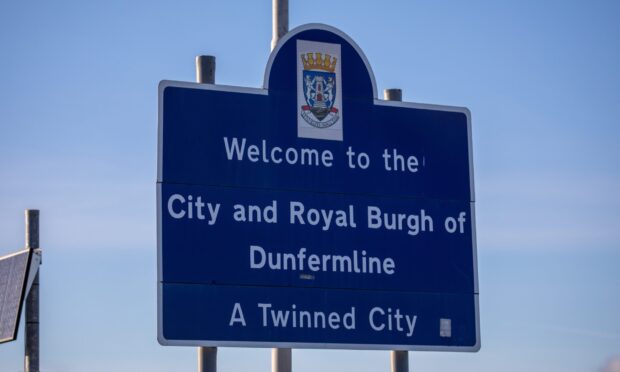Landscapes around the Cairngorms and in Fife could be “hammered with windfarms” under fresh Scottish Government energy plans.
Leading mountaineering journalist and broadcaster Cameron McNeish has warned there is a “great danger” the Cairngorms National Park could soon become “ring-fenced” with turbines.
While Fife-based Scotland Against Spin chairman Graham Lang said ministers were “turning a deaf ear to the cries” of rural communities as they work to bring more renewable energy on stream.
Energy secretary Michael Matheson told MSPs this week the amount of electricity generated from onshore windfarms would more than double by the end of the decade.
That means growing from the 8.78 GW generated in June 2022 to more than 20 GW in 2030.
Industry sources argue more efficient design ensures that does not mean doubling turbine numbers. However, it still signifies a considerable increase.
Plans to double power output spark windfarm plea
Cameron previously lobbied former First Minister Alex Salmond and helped win greater protections for wild and remote land.
But he is concerned about Holyrood’s latest push for more onshore wind.
“My plea to the Scottish Government would be let’s be very, very careful where we site these extra turbines and not spoil areas of national scenic importance.”
He said parts of Scotland – such as the Borders and Dumfries and Galloway – had already been “hammered with windfarms” and there was a danger that could spread.
“I don’t want to see that. A big concern I have is we have two national parks in Scotland and there is a great danger they are going to be ring-fenced with turbines.
“I’m seeing this in the Cairngorms, in particular. You look all around the national park perimeter and you can see windfarms now. So that is a danger.”
He called for beefed up protections for very remote areas such as the Northwest Highlands, but said other more lowland areas – for example in and around the Lomond Hills in Fife – also required proper care.
But he said he accepted not everyone thought turbines damaged rural areas.
Windfarms behind ‘lowland clearances’
Graham Lang is chair of anti-windfarm group Scotland Against Spin,
He said the Scottish Government’s actions could threaten the “viability of rural communities”, hurting industries such as tourism.
“What we are seeing now across Scotland is not just Highland, but Lowland clearances, not for sheep, but for industrial wind turbines.
“This is policy not driven by Westminster, but by our own Government turning a blind eye and a deaf ear to the cries of its rural people.”
Holyrood pushes ahead with ‘renewables powerhouse’ plan
Mr Matheson’s comments came in a statement to Holyrood that outlined Scotland’s wider “fair and just transition away from fossil fuels.”
He said he wanted to make Scotland a “renewables powerhouse”.
That would help “to mitigate against future global market volatility and the high energy prices which are making life so difficult for so many people across Scotland.
“For example, onshore wind is one of the most affordable forms of energy,” he added.










